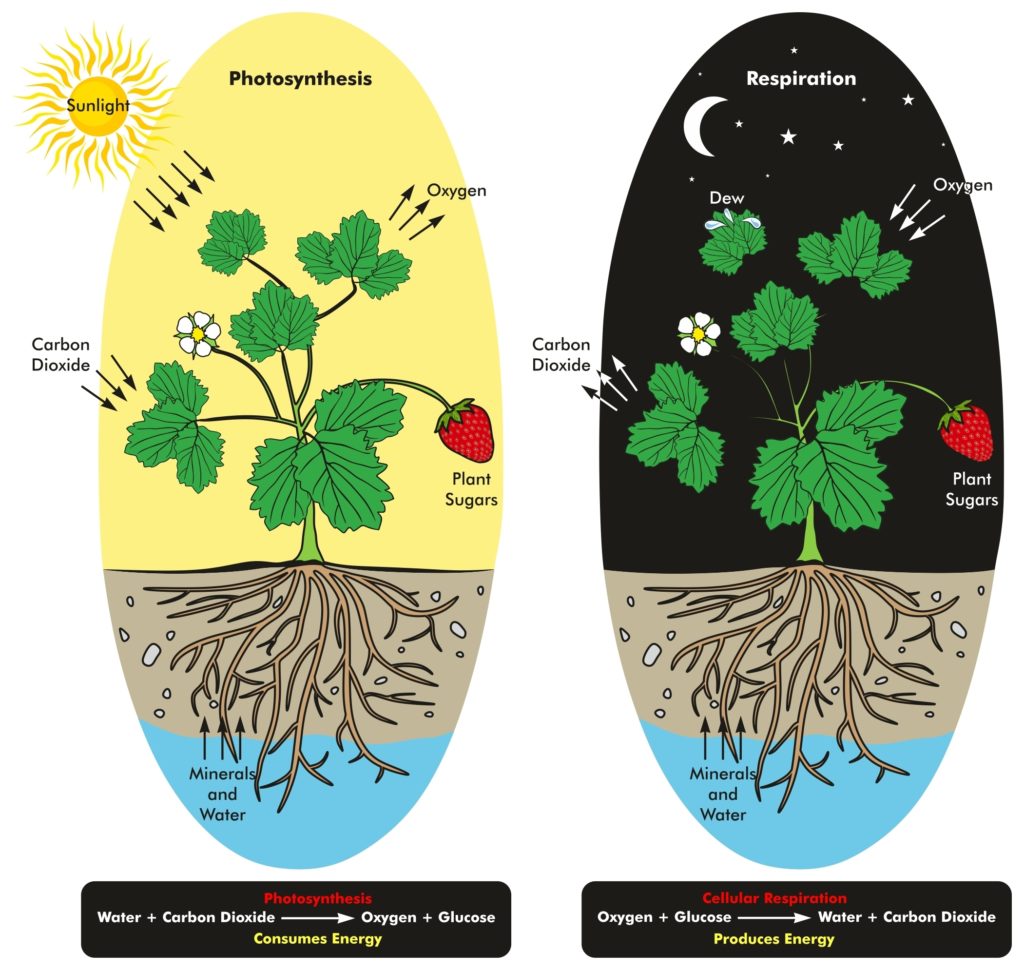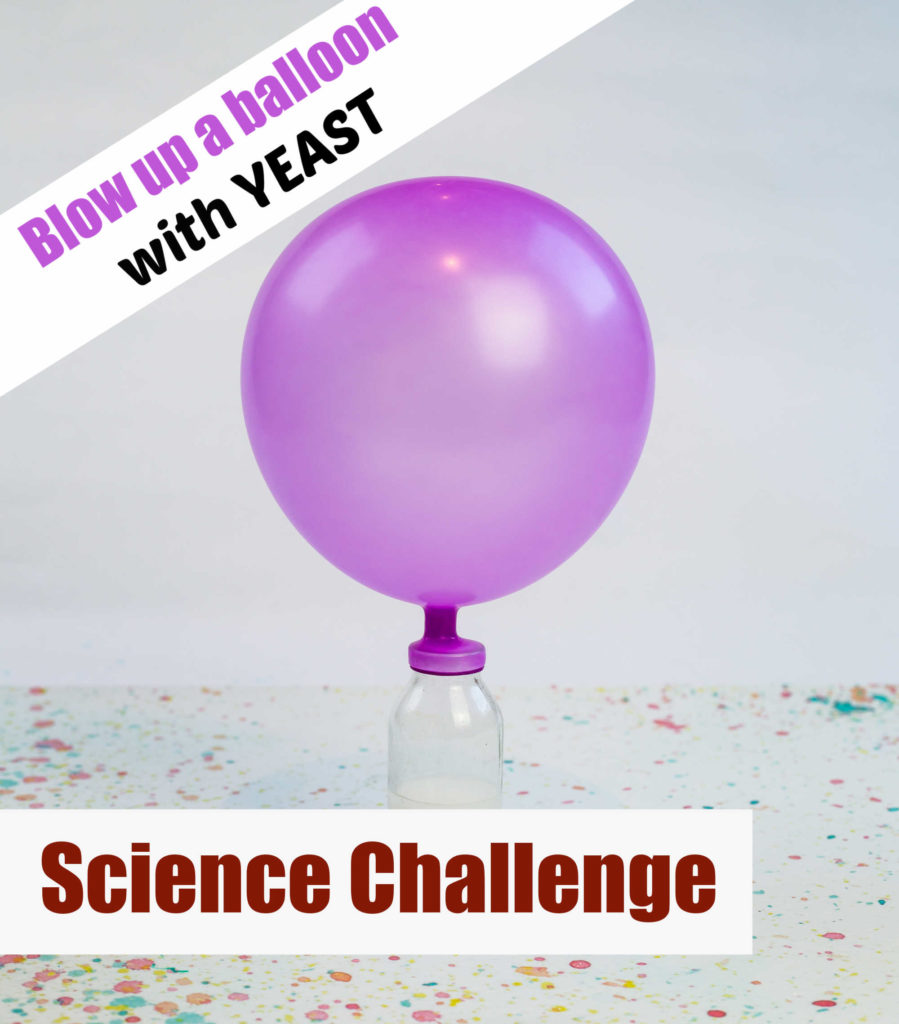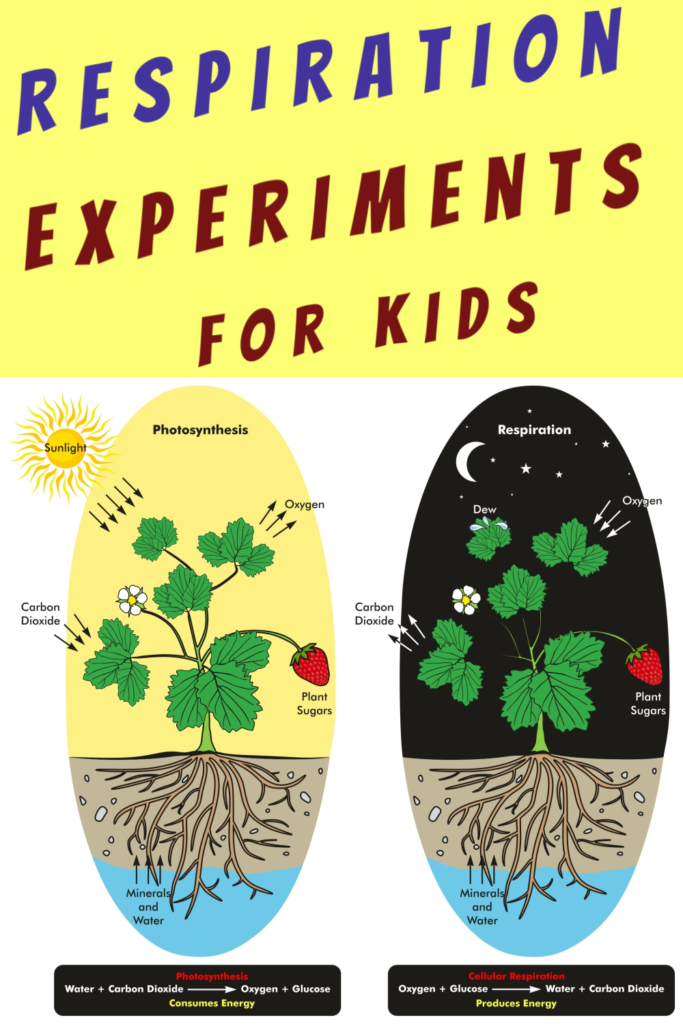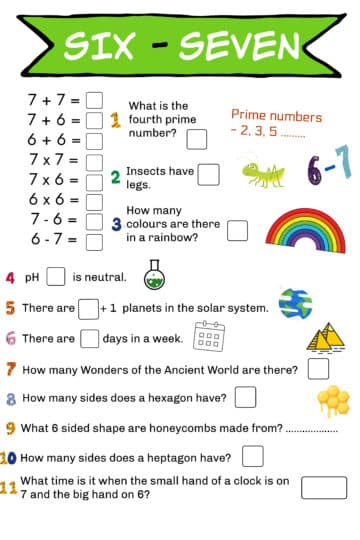Respiration is a chemical reaction that is fundamental to all living things. It happens in every cell of every plant and animal.
Respiration is the reaction between glucose (from food) and oxygen in the air you breathe. It produces carbon dioxide and water (waste products) and ENERGY! Energy is needed for movement, growth and repair and generally staying alive.
Glucose + Oxygen --> Carbon Dioxide + Water + ENERGY
Respiration in Animal Cells
Respiration in animal cells occurs in the mitochondria. It is called aerobic respiration, as it uses oxygen. Some microorganisms, such as yeast respire anaerobically ( without oxygen ).
Glucose and oxygen are transported to cells in the blood, and the waste products are removed.
The process can also occur anaerobically if there is a shortage of oxygen. This can happen if you exercise really hard!
Anaerobic Respiration in Animals
glucose --> lactic acid
It's the lactic acid that makes your muscles hurt when you've done a lot of exercise. Lactic acid isn't broken down until you start to respire aerobically again. Anaerobic means 'without oxygen'.
Anaerobic respiration in bacteria creates ethanol as the by-product.
Aerobic respiration produces more energy than anaerobic respiration.
Plant Cells
In plant cells respiration also occurs in the mitochondria of the cell.
Comparison of Photosynthesis and Respiration

You can see from the diagram above that the reactants and products of photosynthesis and respiration are opposites.
Respiration converts nutrients from the soil into energy and happens all the time, but as photosynthesis needs light, it only happens in the daytime.
Photosynthesis converts light energy to glucose which can then be used for respiration. This process allows plants to make their own food!
On a sunny day, photosynthesis occurs faster than respiration, so more oxygen is given off by the plant than is used. This is great for us as we need oxygen to breathe!
Ideas for Respiration Experiments
The gas produced by yeast can be used to blow up a balloon.

Children can see respiration in action by baking bread or pizza dough.
Plant Experiments
Edventures has a super simple activity allowing kids to see bubbles of gas appearing on the leaf of a plant as it photosynthesises.
Find out how plants transport water from the soil to leaves with our capillary action experiment and transpiration investigation.
A hands-on way to learn about plant structure is by dissecting the a flower or plant.

More about cellular respiration
The summary of respiration above is simplified. When we talk about energy in the equation, we mean something called adenosine triphosphate ( ATP ). Respiration turns glucose into ATP via several stages.
- Each glucose molecule is converted to two pyruvate molecules and ATP.
Anaerobic - no oxygen
If, at this stage, there is no oxygen, anaerobic respiration occurs, and ATP and ethanol ( in bacteria ) or ATP and lactic acid (in animals ) are produced by fermentation.
Aerobic - oxygen present
If oxygen is present after pyruvate is created, aerobic respiration occurs. Pyruvate goes through a process called the Krebs cycle which releases high-energy electrons. This happens in the mitochondria of a cell.
Last Updated on March 29, 2023 by Emma Vanstone




Leave a Reply